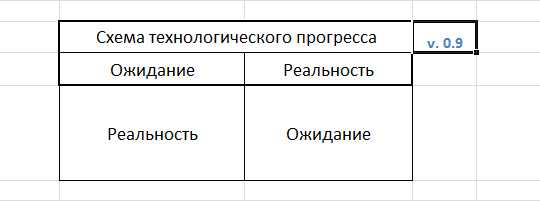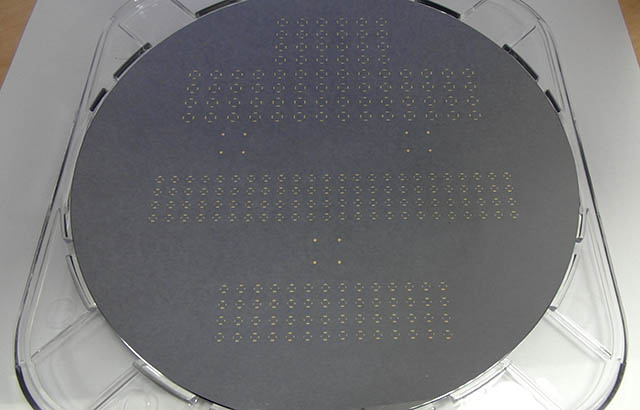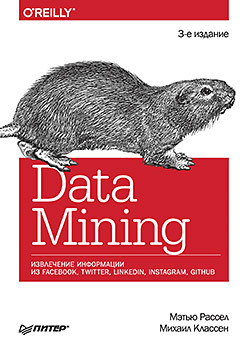
How often do we see “news from the future” in the media in which the planned successes of science are announced to the benefit of the country's population? Often in the comments to such messages and reports you can find skepticism and calls to write only about the events that happened. We believe little in bright and inspiring plans.
Well, this kind of publications is not unique for the domestic information field. It is not so difficult to come across the “their” announcements of New Vasyukov.
I propose to track the fate of the sensational not only in the West, but also in the technological project that reached the Russian-language media. If you play bullshit bingo, then I will give you a hint before kata - graphene .
When and what was promised
In March 2019, a loud statement from Paragraf was distributed in English-language media, mainly British. CEO and co-founder Simon Thomas (Optimon Thomas) optimistic about the tremendous success in the production of graphene. According to him, founded in 2015 by a professor from Cambridge, Sir Colin Humphreys, Paragraf was able to establish a stable manufacturing process for the production of graphene in the form of disks with a diameter of up to 200 mm.

Relying on many years of research and years spent on setting up the process, Simon promised already within the next two months to begin industrial production of devices using graphene.
What the promise preceded
Of course, such unusual technologies cannot arise from the air. In the end, giants such as IBM, Intel, Samsung, and many other groups are working on the problem of industrial production of graphene. It is hardly possible and necessary to get ahead of them in stealth mode. Therefore, we can find traces of their previous activities.
In 2017, the company received an investment of £ 3 million, including government money. These finances were intended to develop prototypes and improve the technology (I remind you that the company was founded in 2015, and the studies that made the commercialization stage more relevant were carried out even earlier).
In May 2018, the company received another tranche of financing. This time, its size was £ 2.9 million, and not only venture companies, but also the Cambridge fund (Cambridge enterprise) were noted among investors. Now it was not a question of refinement of technology. The purpose of the investment is to open a production site to start the production of devices based on their graphene. They planned to start with supersensitive magnetic field sensors and other sensors designed for the mass market.
Almost a year later, in March 2019, a statement followed that everything was already ready and established. Literally, in a couple of months, graphene-based devices will begin to be mass-produced, enter the market and a new era will begin. This loud news, with the designated (albeit streamlined) terms, was favorably received and reached our domestic reader.
What really happened and didn't happen after the hype
The discerning reader could guess what happened after such noise and media attention. Well, I'll tell the rest. Paragraf closed the next round of financing from the same investment funds, having already received £ 12.8 million at its disposal. True, this happened already in July 2019, 4 months after the hype. In the same month, a startup (how much can a company be called a startup 4 years old) was awarded a prize of £ 0.5 million for advanced developments.
What has not happened over time is the promised revolution and the start of mass production. It has already been 8 and a half months from the promise to start mass production in a 2-3-month period, however, the declared sensors and sensors (with a sensitivity 30 times higher than those used) did not enter the market.
The first 5 pages of Google search and the News tab give only initial high-profile statements about the readiness to begin commercial production of graphene-based devices in the “next few months” from March 2019, as well as the July news about receiving investments of £ 12.8 million.
It is impossible to find any information about the actual launch of any production or supply of components for a third-party manufacturer. Moreover, the company’s website ceased to function, although back in September the media referred to it.
Current status
The company received funding from 2017 at least £ 19.2 million (1.6 billion rubles at the current rate). In September 2019, the company's team included 25 researchers (in March it was 16), and, judging by the founder, they are still developing and preparing to launch production of miracle magnetic field sensors and other sensors. September, the latest news about them ends. The site is no longer functioning ( upd. Is accessible via vpn).
Advertising
In the meantime, somewhere else they collect the next investment in revolutionary batteries, conductors, sensors and other condoms , we offer you a discount on something that is already beneficial. It took me several hours to analyze the sources and prepare the material, and even a little luck, when the news caught my eye, I saved it and remembered it at the right time. But all this can be done by the machine in the background, which is already used by a large number of organizations and analytical groups. Join now!

The book " Data mining. Retrieving information from Facebook, Twitter, LinkedIn, Instagram, GitHub »
In the bowels of popular social networks - Twitter, Facebook, LinkedIn and Instagram - the richest deposits of information are hidden. From this book, researchers, analysts, and developers will learn how to extract this unique data using Python code, a Jupyter Notebook, or Docker containers. First, you will get acquainted with the functionality of the most popular social networks (Twitter, Facebook, LinkedIn, Instagram), web pages, blogs and feeds, email and GitHub. Then start the data analysis using the example of Twitter.
»More details on the book can be found on the publisher’s website
» Contents
» Excerpt
25% off coupon for hawkers - Data Mining

Introducing PyTorch: Deep Learning in Natural Language Processing
Natural Language Processing (NLP) is an extremely important task in the field of artificial intelligence. Successful implementations enable products such as Amazon's Amazon and Google Translate. This book will help you learn PyTorch, a deep learning library for the Python language, one of the leading tools for data scientists and NLP software developers. Delip Rao and Brian McMahan will get you up to speed with NLP and deep learning algorithms. And show how PyTorch allows you to implement applications that use text analysis.
»More details on the book can be found on the publisher’s website
» Contents
» Excerpt
25% discount on the coupon for Pyramid .
Upon payment of the paper version of the book, an electronic book is sent by e-mail.